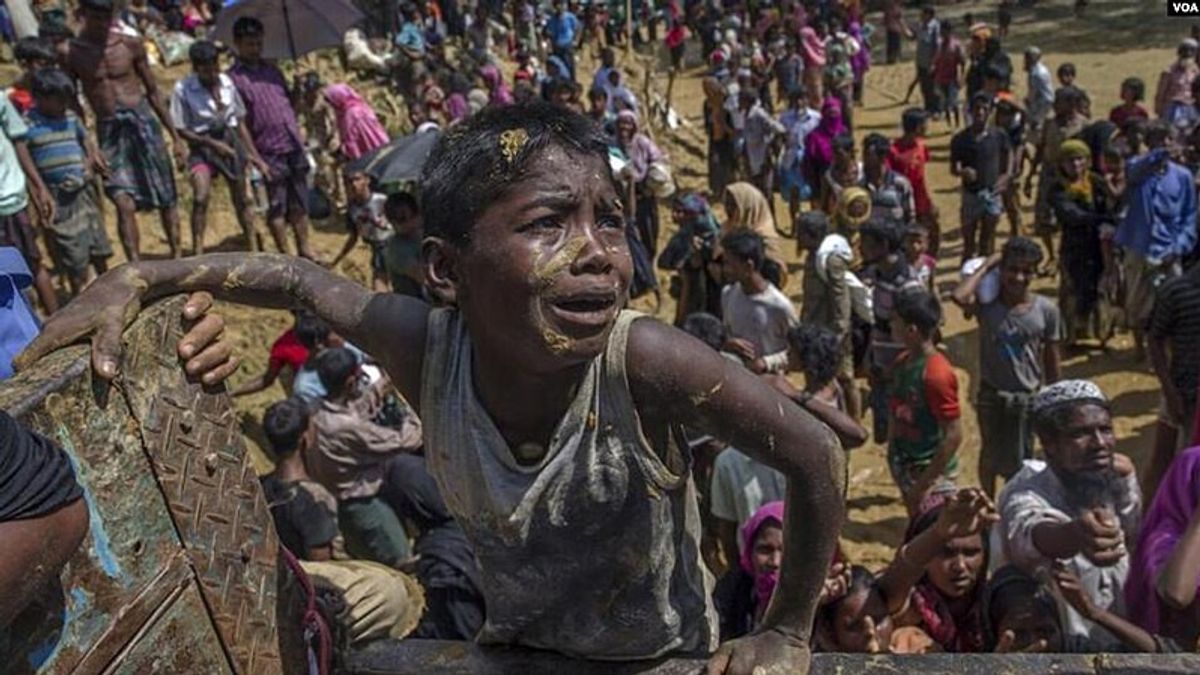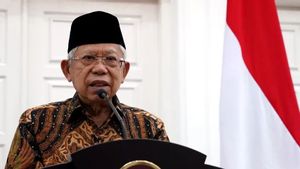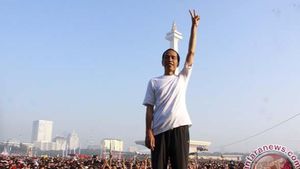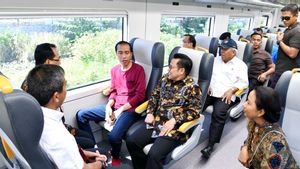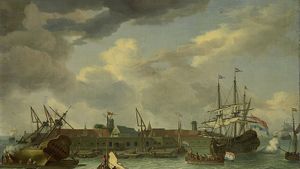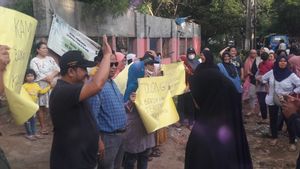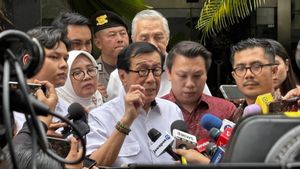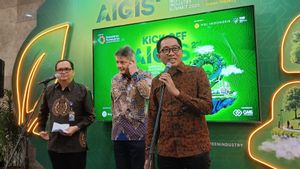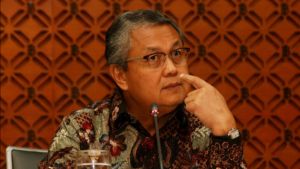JAKARTA - The Myanmar government has never looked at the speciality of the Rohingya ethnicity. In fact, the Rohingya ethnicity is not recognized as an ethnicity registered in Myanmar. Rohingya people are only considered wild citizens if they should not be said to be disruptive. This condition makes the sentiments of the race wide open.
The military junta began committing genocide and expulsion of the Rohingya in Myanmar in 2017. This condition made Rohingya refugees spread to many countries. Malaysia has also become one of them. The neighboring country is considered like a place to start a new and decent life.
Independence of a country should be celebrated with joy. Freedom is considered a new teaching to organize the life of the nation and state. The narrative was kept by the people of Myanmar when the country was independent in 1948.
However, not all of them celebrate independence. This condition was not felt by the Rohingya ethnic group. The ethnic group, which has not been recognized as ethnicity and citizens of Arakan, Rakhine, Myanmar, has not been recognized by the state. Alias, the Rohingya people are not recognized as ethnicity and citizens of Myanmar.
This condition makes the basic rights and politics of the Rohingya people not recognized. The government also officially declared the Rohingya non-national in 1982. The labeling became the largest amnesty for the Rohingya people.
The absence of recognition made the sentiments of the race wide open. Social jealousy because the Rohingya have a better life is increasing. The ethnic Burmese who are Buddhist and are the majority are often disturbed. Issues and provocations that Islam will interfere with Buddhism are also played.
The eruption of conflict ensued. Allegations of the Rohingya people committing crimes are often heard, even though they are not necessarily the case. Moreover, entering 2013. The conflict made the Rohingya people begin to think about evacuating to various countries. Malaysia became its destination country in 2013. Everything is because the lives of the Rohingya people are starting to be threatened.
For refugees from Myanmar who have reached Malaysia, their lives may be better than the marginalization and persecution they experienced. But even here, poverty and marginalization threaten the loss of their voices in determining their own future.
Rohingya migrant ships that landed in Malaysia were in a state of despair and fatigue last month joined about 75 thousand Rohingya people who traveled to Malaysia. Judging from the difficulties faced by their predecessors, it will be difficult for this latest wave of refugees to gain a safe foothold or achieve a decent life back elsewhere, "said Chris Buckley in his writing on The New York Times page entitledEven in Safety of Malaysia, Rohingya Migrants Face Bleak Prospects (2015).
The flow of Rohingya refugees leaving Myanmar increased in 2017. The trigger is because the Myanmar government considers the Rohingya Rescue Army (ARSA) to want the independent Rakhine to have attacked first.
The attack by ARSA was considered the main argument of the Myanmar government to commit genocide and expulsion of the Rohingya people. This condition made Rohingya refugees start to take steps to flee to Malaysia, rather than living in refugee camps in Bangladesh which were so difficult.
Rohingya refugees no longer care about property. Whatever the risk they face in order to get to Malaysia. Smuggling services are sometimes the first choice. Smugglers ask for a large wage to smuggle refugees.
Vehicles used for smuggling also vary. Sometimes by truck, by boat, sometimes on foot. The point is that refugees can get to Malaysia. Even though, on the way, there were many facts that many refugees died, were raped, and beaten by smugglers.
Nestapa did not necessarily end when they arrived in Malaysia. The refugees had to accept the fact that they could not immediately live mingling with Malaysians. They are placed in camps and are not allowed to work and get education. As a result, they live a very limited life.
This condition is considered by refugees to have no certainty about the future. Everything is because Malaysia is the same as Indonesia. The two countries did not ratify the 1951 refugee Convention and the 1967 protocol. If there is attention for refugees, everything is based on the principle of humanity alone, nothing more. Malaysia only provides temporary shelters, not forever.
SEE ALSO:
Social turmoil was also present. Many of the refugees chose to flee the refugee camps. The incident kept repeating itself. The escape action disrupted local security. The government also banned the acceptance of refugees because the Pangungsi often fled.
Many countries in Southeast Asia do not have clear policies in handling refugees, including in the fields of education and health. Countries such as Indonesia and Malaysia classify them as illegal immigrants so that they can be punished. In fact, in some cases, Acehnese fishermen who saved the Rohingya refugee ship that sank were even punished, "explained Iwan Kurniawan in his writing in Tempo Magazine entitled Nasib Rohingya Refugees in ASEAN (2023).
The English, Chinese, Japanese, Arabic, and French versions are automatically generated by the AI. So there may still be inaccuracies in translating, please always see Indonesian as our main language. (system supported by DigitalSiber.id)
